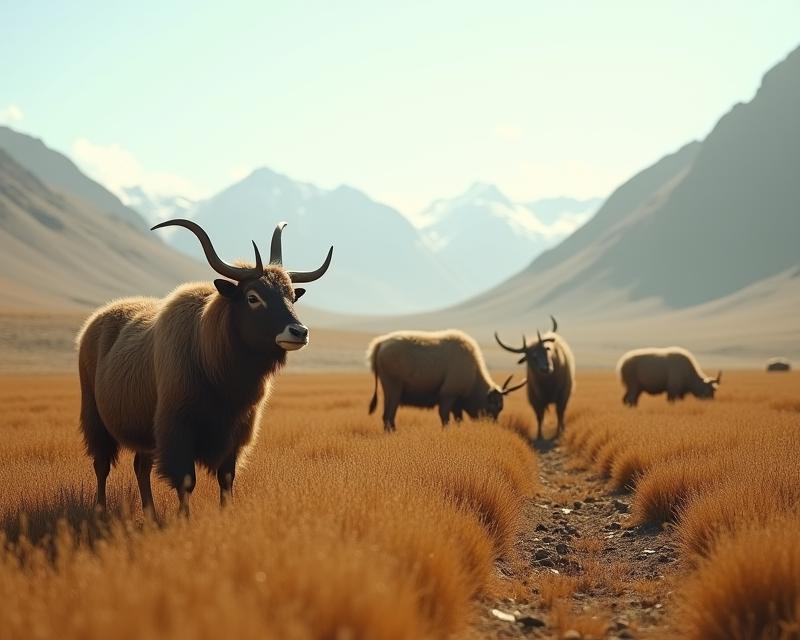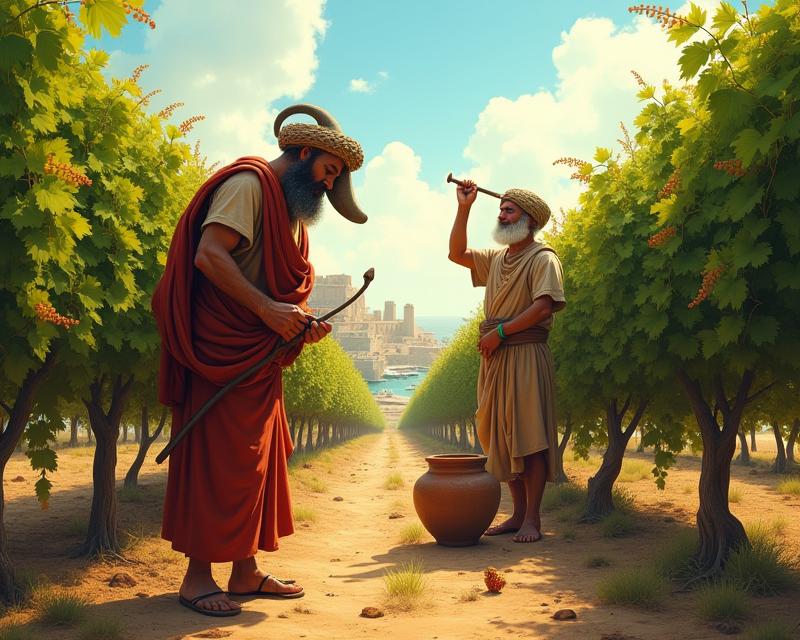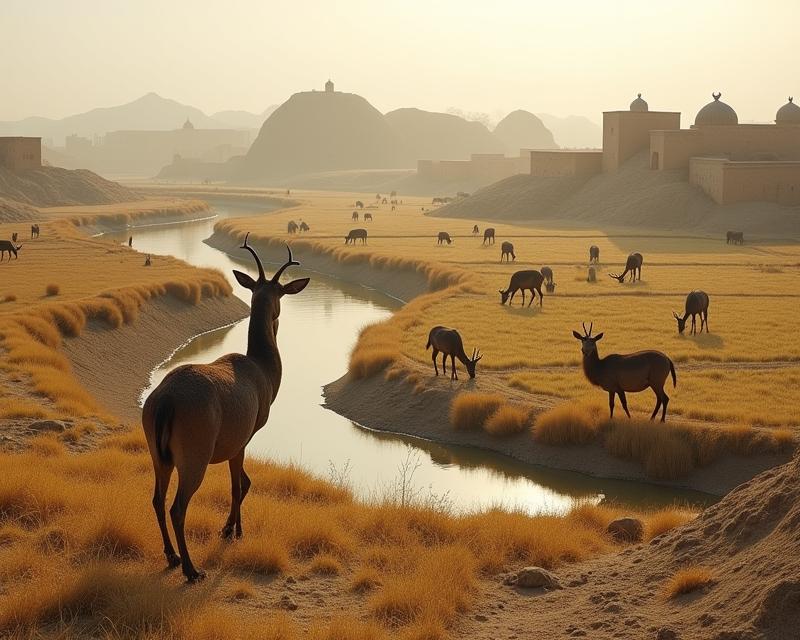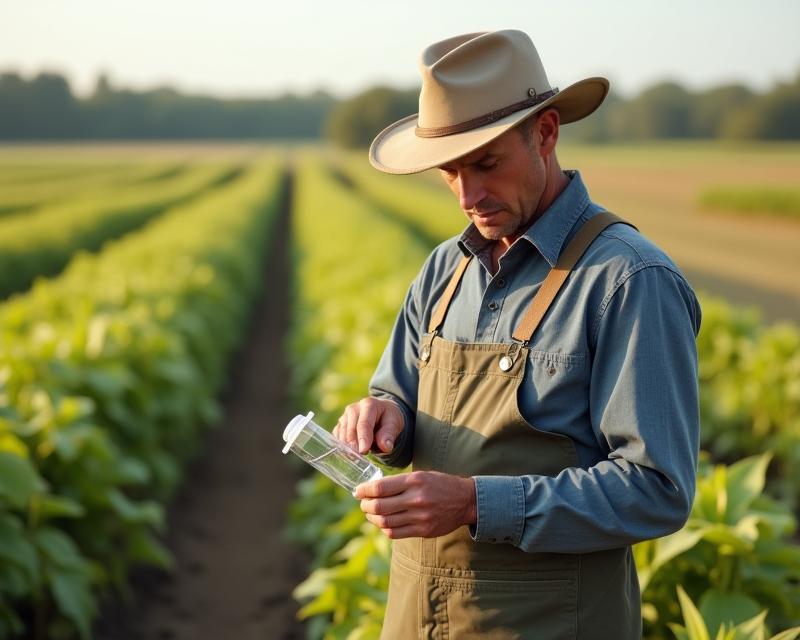Climate's Hand: Early Agriculture's Evolution
Publish in Agriculture el 05/07/2025 20:51
Climate's Hand: Early Agriculture's Evolution
Hey everyone! Ever wonder how our ancestors figured out how to grow food in the first place? It wasn't always easy, and climate change played a huge role in shaping early agriculture. Understanding this history can give us valuable insights into adapting to today's changing conditions.

For millennia, the Earth's climate wasn't as stable as it seems now. Think about it – ice ages came and went, temperatures fluctuated, and rainfall patterns shifted. These changes weren't gradual; they were often abrupt and dramatic. Early humans had to learn to adapt to these shifts to survive. Early agricultural practices weren't just about planting seeds; they were about understanding and responding to the environment. The Neolithic Revolution, when humans transitioned from nomadic hunter-gatherers to settled farmers, wasn't a single event, but a long, gradual process of experimentation and adaptation driven by climate.
One of the biggest impacts was the end of the last Ice Age, around 11,700 years ago. As temperatures warmed, the landscape changed dramatically. Glaciers retreated, rivers shifted course, and new plant and animal species appeared. This created both opportunities and challenges. In some regions, warmer temperatures allowed for the cultivation of new crops like wheat and barley. However, it also led to increased aridity in other areas, forcing farmers to develop drought-resistant crops and irrigation techniques. The development of irrigation systems in Mesopotamia, for example, was a direct response to changing rainfall patterns and the need to sustain crops in a drier climate. Early farmers learned to observe the sky, the soil, and the behavior of plants and animals to predict weather patterns and adjust their planting schedules.
The rise and fall of civilizations are often linked to climate fluctuations. Periods of prolonged drought or unusually heavy rainfall could lead to crop failures, famine, and social unrest. The Bronze Age collapse, for instance, is thought to have been influenced by a combination of factors, including climate change and environmental degradation. Learning from these historical examples can help us build more resilient agricultural systems today. By understanding how early farmers adapted to climate change, we can develop strategies for mitigating the impacts of climate change on our own farms and communities. This includes things like crop diversification, water conservation, and soil health practices. It's a continuous learning process, and the wisdom of the past can guide us toward a more sustainable future for agriculture.
So, the next time you're in the field, take a moment to appreciate the long history of adaptation and resilience that has shaped agriculture. It's a story of human ingenuity and our deep connection to the natural world.





